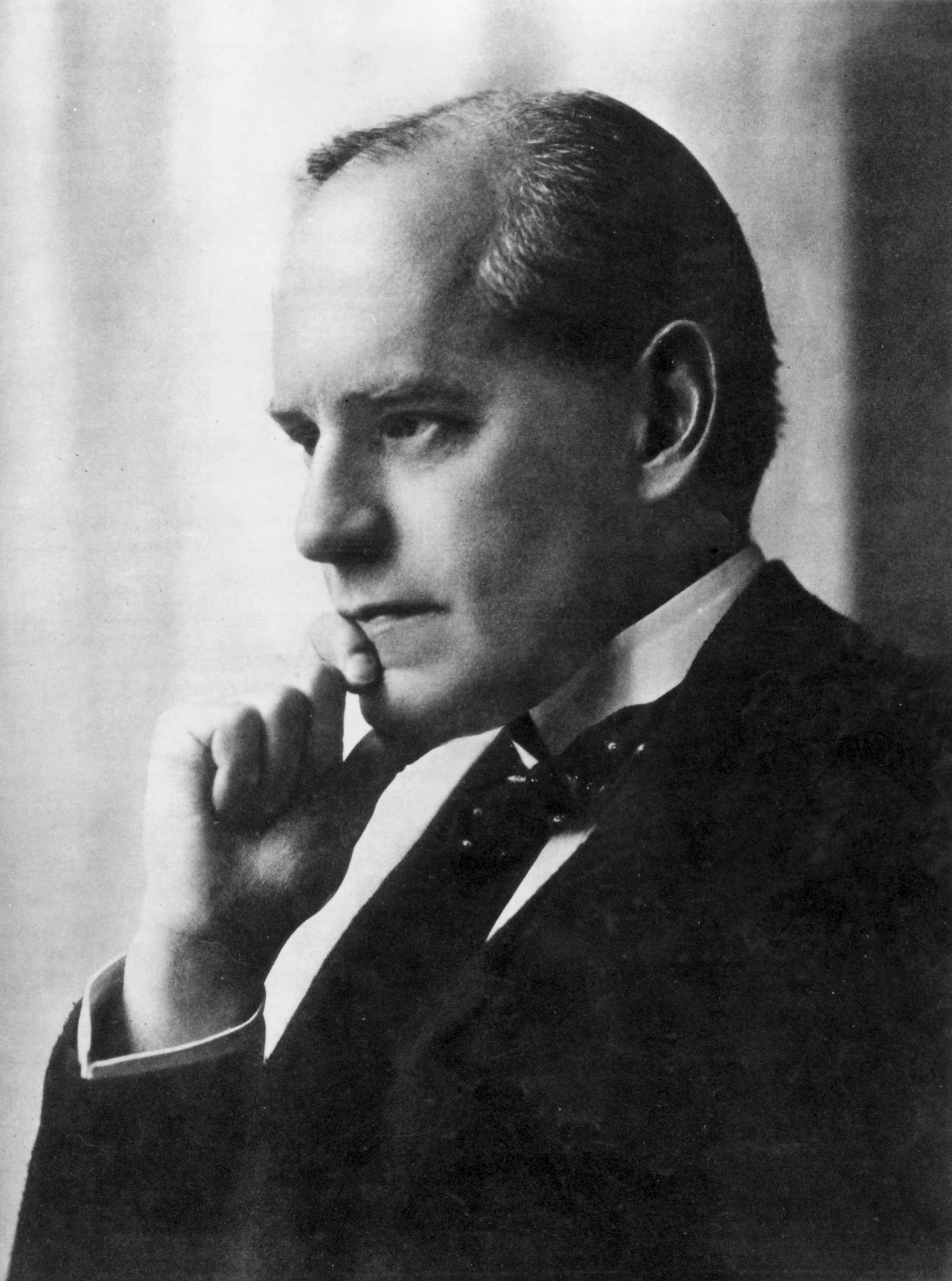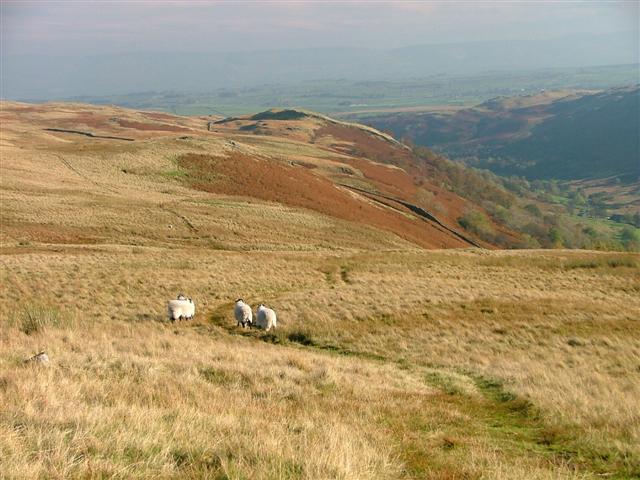|
Manaton
Manaton is a village situated to the southeast of Dartmoor National Park, Devon, England. The 15th-century church, located in a prominent spot due north of the village green, is dedicated to St Winifred. Three of the six bells in its tower are medieval – markings on the oldest indicate that it dates back to around 1440–1450, making them at least as ancient as the tower. They are still being rung today on a regular basis by the local team of bellringers. Its rood screen was carved in around 1500, but as is the case with many old English Churches, the figures, both painted and carved in wood, were defaced during the Reformation. Much of the original screen does still exist however, its wood carving having been first restored by the Pinwill sisters in the late nineteenth century and again in 1981 by the late Anna Hulbert. A granite cross once stood in the churchyard, but was destroyed in the mid-19th century by the vicar, Rev. John Charles Carwithen. He did so because he disap ... [...More Info...] [...Related Items...] OR: [Wikipedia] [Google] [Baidu] |
Ambrose Manaton
Ambrose Manaton (1589 – 1 June 1651) was an English politician who sat in the House of Commons of England in 1624 and 1640. He supported the Royalist side in the English Civil War. Manaton was the second son of Peter Manaton of Trecarrell in Cornwall and his wife Ann Edgecumbe, daughter of Pierce Edgecumbe of Mount Edgecumbe. In 1621 Manaton was elected Member of Parliament for Bossiney. He was elected MP for Tregoney in 1624. In 1627, he was called to the bar at Lincoln's Inn. He became a master of chancery extraordinary and recorder of Launceston. Manaton was next elected as MP for Launceston in April 1640 for the Short Parliament. He was re-elected in November 1640 for the Long Parliament and sat until 1641 when he was disabled for supporting King Charles I. Manaton was created D.C.L. at the University of Oxford on 21 March 1644. He entertained King Charles at his house in 1644. Manaton died in 1651 and was buried at South Petherwin, where his monument displayed ... [...More Info...] [...Related Items...] OR: [Wikipedia] [Google] [Baidu] |
Manaton Parish Hall (geograph 2015629)
Manaton is a village situated to the southeast of Dartmoor National Park, Devon, England. The 15th-century church, located in a prominent spot due north of the village green, is dedicated to St Winifred. Three of the six bells in its tower are medieval – markings on the oldest indicate that it dates back to around 1440–1450, making them at least as ancient as the tower. They are still being rung today on a regular basis by the local team of bellringers. Its rood screen was carved in around 1500, but as is the case with many old English Churches, the figures, both painted and carved in wood, were defaced during the Reformation. Much of the original screen does still exist however, its wood carving having been first restored by the Pinwill sisters in the late nineteenth century and again in 1981 by the late Anna Hulbert. A granite cross once stood in the churchyard, but was destroyed in the mid-19th century by the vicar, Rev. John Charles Carwithen. He did so because he disap ... [...More Info...] [...Related Items...] OR: [Wikipedia] [Google] [Baidu] |
Jay's Grave
Jay's Grave (or Kitty Jay's Grave) is supposedly the last resting place of a suicide victim who is thought to have died in the late 18th century. It has become a well-known landmark on Dartmoor, Devon, in South-West England, and is the subject of local folklore, and several ghost stories. The small burial mound is at the side of a minor road, about 1 mile (1.6 km) north west of Hound Tor, at the entrance to a green lane that leads to Natsworthy. Fresh flowers are regularly placed on the grave, although no-one admits to putting them there. Folklore Since it was first set down in the late 19th century, the story attached to the grave has changed and has been greatly embellished. Early references An early newspaper account of the discovery of the grave appears on page 5 of the ''North Devon Journal'' for 23 January 1851, under "County Intelligence": In 1876 Robert Dymond edited and published a book entitled ''"Things Old and New" Concerning the Parish of Widecombe-i ... [...More Info...] [...Related Items...] OR: [Wikipedia] [Google] [Baidu] |
Edward Arthur Fellowes Prynne
Edward Arthur Fellowes Prynne (1854–1921) was a leading British late Pre-Raphaelite painter of portraits and subject pictures, who in later life became one of the country's best known creators of decorative art for churches. Family and Early life Born in Plymouth on 14 October 1854, Prynne was the third son of Emily Fellowes (daughter of Admiral Sir Thomas Fellowes KCB DCL), and the Cornish Revd George Rundle Prynne, the notable tractarian and ritualist. His brother was the church architect George Fellowes Prynne. Prynne was educated at Eastman's Royal Naval Academy in Southsea, being originally intended for the navy. But at the suggestion of Frederic Leighton, he decided to embark on an artistic career. After preliminary training in art schools in London, he travelled to Antwerp, where he studied with the Belgian painter Charles Verlat. Subsequent study was undertaken in Florence, Paris and Rome. Prynne married Emma Mary Joll in 1888, with whom he had two sons a ... [...More Info...] [...Related Items...] OR: [Wikipedia] [Google] [Baidu] |
Launceston (UK Parliament Constituency)
Launceston, also known at some periods as Dunheved, was a parliamentary constituency in Cornwall which returned two Members of Parliament to the British House of Commons from 1295 until 1832, and one member from 1832 until 1918. It was a parliamentary borough until 1885, and a county constituency thereafter. Boundaries 1832–1885: The old Borough of Launceston and the Parish of St Stephen, and all such parts of the several Parishes of Lawhitton, St Thomas the Apostle, and South Petherwin as are without the old Borough of Launceston. 1885–1918: The Sessional Division of East Middle, East North, Lesnewth, and Stratton, and part of the Sessional Division of Trigg. History Launceston was one of 21 parliamentary boroughs in Cornwall between the 16th and 19th centuries; unlike many of these, which had been little more than villages even when established and were rotten boroughs from the start, Launceston, Cornwall, Launceston had been a town of reasonable size and importance thou ... [...More Info...] [...Related Items...] OR: [Wikipedia] [Google] [Baidu] |
Ada Galsworthy
Ada Nemesis Galsworthy (20 November 1864 – 29 May 1956) was an English editor, translator, writer and composer. She was married to Nobel Laureate for Literature John Galsworthy. Family and early life Ada Nemesis Pearson was born on 20 November 1864; the location is unknown. She was baptised at St Clement's Church, Norwich on 24 November 1867. Born illegitimately, her parent was recorded as Anne Julia Pearson (c.1841–1913) from the Parish of Lakenham, Norwich. Her adoptive father was Dr. Emanuel Cooper (1802–1878). Both parents were of " Quaker persuasion". Galsworthy had an older brother, Arthur Charles. When Dr. Cooper died, Galsworthy moved to Nottingham with her brother and mother, using the surname Cooper. She and her mother were "well provided for" under the terms of Dr. Cooper's will. Between 1881 and 1891, they made frequent, extended trips to Europe, her mother's principal purpose being to find a financially and socially suitable husband for her daughter. On on ... [...More Info...] [...Related Items...] OR: [Wikipedia] [Google] [Baidu] |
John Galsworthy
John Galsworthy (; 14 August 1867 – 31 January 1933) was an English novelist and playwright. Notable works include '' The Forsyte Saga'' (1906–1921) and its sequels, ''A Modern Comedy'' and ''End of the Chapter''. He won the Nobel Prize in Literature in 1932. Life Galsworthy was born at what is now known as Galsworthy House (then called Parkhurst) on Kingston Hill in Surrey, England, the son of John and Blanche Bailey (''née'' Bartleet) Galsworthy. His family was prosperous and well established, with a large property in Kingston upon Thames that is now the site of three schools: Marymount International School, Rokeby Preparatory School, and Holy Cross Preparatory School. He attended Harrow and New College, Oxford. He took a Second in Law (Jurisprudentia) at Oxford in 1889, then trained as a barrister and was called to the bar in 1890. However, he was not keen to begin practising law and instead travelled abroad to look after the family's trans-European shipping ... [...More Info...] [...Related Items...] OR: [Wikipedia] [Google] [Baidu] |
Corpse Road
Corpse roads provided a practical means for transporting corpses, often from remote communities, to cemeteries that had burial rights, such as parish churches and chapels of ease. In Britain, such routes can also be known by a number of other names, e.g.: bier road, burial road, coffin line, coffin road, corpse way, funeral road, lych way, lyke way, or procession way. etc. Such "church-ways" have developed a great deal of associated folklore regarding ghosts, spirits, wraiths, etc. Origins In late medieval times a population increase and an expansion of church building took place in Great Britain inevitably encroaching on the territories of existing mother churches or minsters. Demands for autonomy from outlying settlements made minster officials feel that their authority was waning, as were their revenues, so they instituted corpse roads connecting outlying locations and their mother churches (at the heart of parishes) that alone held burial rights. For some parishioners, this ... [...More Info...] [...Related Items...] OR: [Wikipedia] [Google] [Baidu] |
Villages In England
A gazetteer of place names in the United Kingdom showing each place's county, unitary authority or council area and its geographical coordinates. __NOTOC__ ;Location names beginning with A: * Location names beginning with Aa–Ak * Location names beginning with Al * Location names beginning with Am–Ar * Location names beginning with As–Az ;Location names beginning with B: * Location names beginning with Bab–Bal * Location names beginning with Bam–Bap * Location names beginning with Bar * Location names beginning with Bas–Baz * Location names beginning with Bea–Bem * Location names beginning with Ben–Bez * Location names beginning with Bi * Location names beginning with Bla–Blac * Location names beginning with Blad–Bly * Location names beginning with Boa–Bot * Location names beginning with Bou–Boz * Location names beginning with Bra * Location names beginning with Bre–Bri * Location names beginning with Bro–Bron * Location names beginning with Broo–Brt ... [...More Info...] [...Related Items...] OR: [Wikipedia] [Google] [Baidu] |
George Fellowes Prynne
George Halford Fellowes Prynne (1853–1927) was a Victorian and Edwardian English church architect. Part of the High Church school of Gothic Revival Architecture, Prynne's work can be found across Southern England. Biography Early life George Halford Fellowes Prynne was born on 2 April 1853 at Wyndham Square, Plymouth, Devon. He was the second son of the Rev. George Rundle Prynne and Emily Fellowes (daughter of Admiral Sir Thomas Fellowes KCB DCL). His elder brother was the painter Edward Arthur Fellowes Prynne. George Fellowes Prynne studied at St Mary’s College, Harlow. He went on to Chardstock College, and thence to Eastman’s Royal Naval Academy at Southsea. Career In 1871, aged 18, Prynne he sailed America to work with a cousin who had taken land, and was farming in the Western states of America. But finding the work "trying and severe", after almost two years he travelled to Toronto was appointed to the role of Junior Assistant in the office architect Richard Cunningha ... [...More Info...] [...Related Items...] OR: [Wikipedia] [Google] [Baidu] |
Dartmoor
Dartmoor is an upland area in southern Devon, England. The moorland and surrounding land has been protected by National Park status since 1951. Dartmoor National Park covers . The granite which forms the uplands dates from the Carboniferous Period of geological history. The landscape consists of moorland capped with many exposed granite hilltops known as tors, providing habitats for Dartmoor wildlife. The highest point is High Willhays, above sea level. The entire area is rich in antiquities and archaeology. Dartmoor National Park is managed by the Dartmoor National Park Authority, whose 22 members are drawn from Devon County Council, local district councils and Government. Parts of Dartmoor have been used as military firing ranges for over 200 years. The public is granted extensive land access rights on Dartmoor (including restricted access to the firing ranges) and it is a popular tourist destination. Physical geography Geology Dartmoor includes the largest ar ... [...More Info...] [...Related Items...] OR: [Wikipedia] [Google] [Baidu] |
Granite
Granite () is a coarse-grained ( phaneritic) intrusive igneous rock composed mostly of quartz, alkali feldspar, and plagioclase. It forms from magma with a high content of silica and alkali metal oxides that slowly cools and solidifies underground. It is common in the continental crust of Earth, where it is found in igneous intrusions. These range in size from dikes only a few centimeters across to batholiths exposed over hundreds of square kilometers. Granite is typical of a larger family of ''granitic rocks'', or '' granitoids'', that are composed mostly of coarse-grained quartz and feldspars in varying proportions. These rocks are classified by the relative percentages of quartz, alkali feldspar, and plagioclase (the QAPF classification), with true granite representing granitic rocks rich in quartz and alkali feldspar. Most granitic rocks also contain mica or amphibole minerals, though a few (known as leucogranites) contain almost no dark minerals. Granite is ... [...More Info...] [...Related Items...] OR: [Wikipedia] [Google] [Baidu] |
.jpg)






